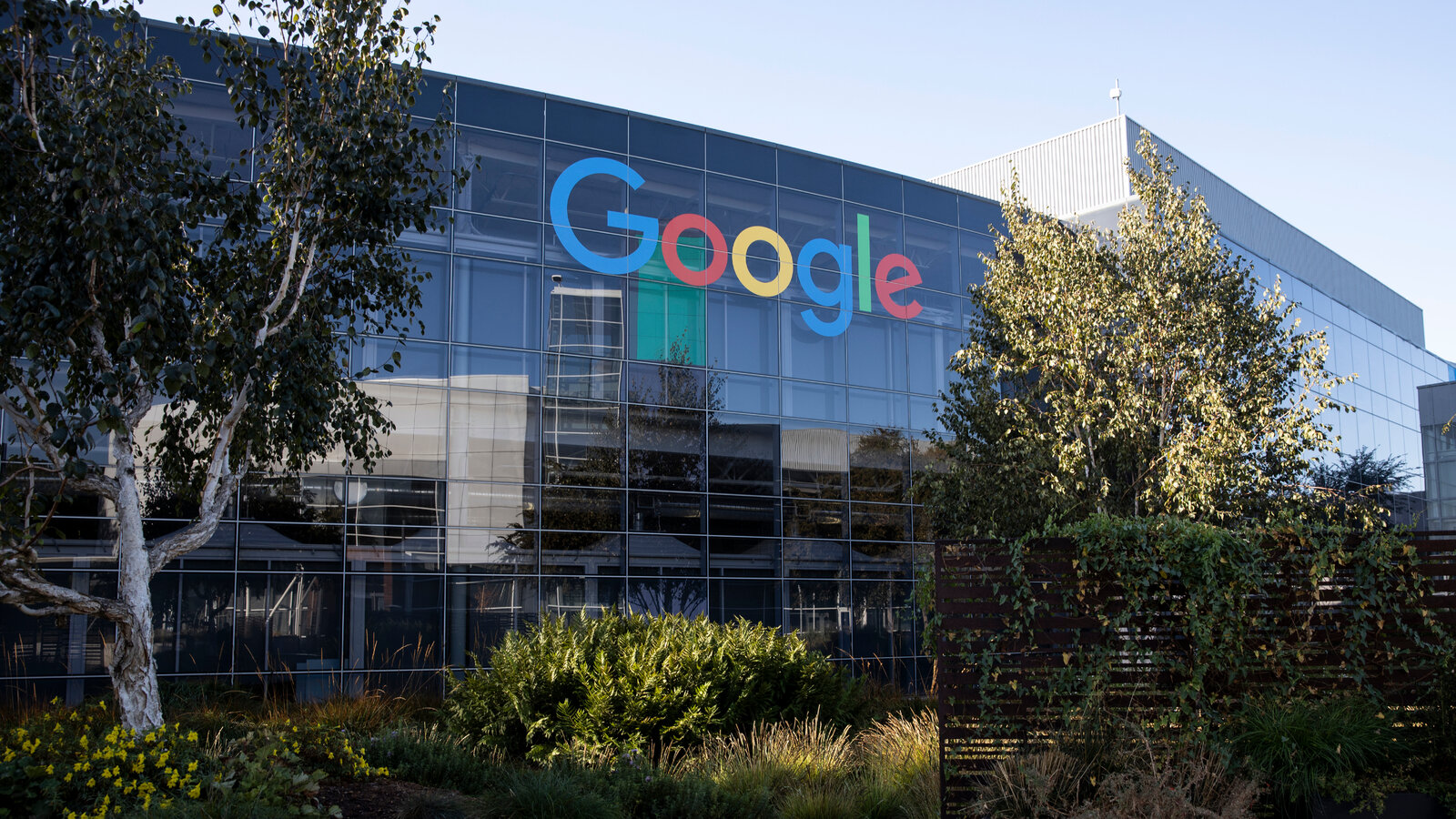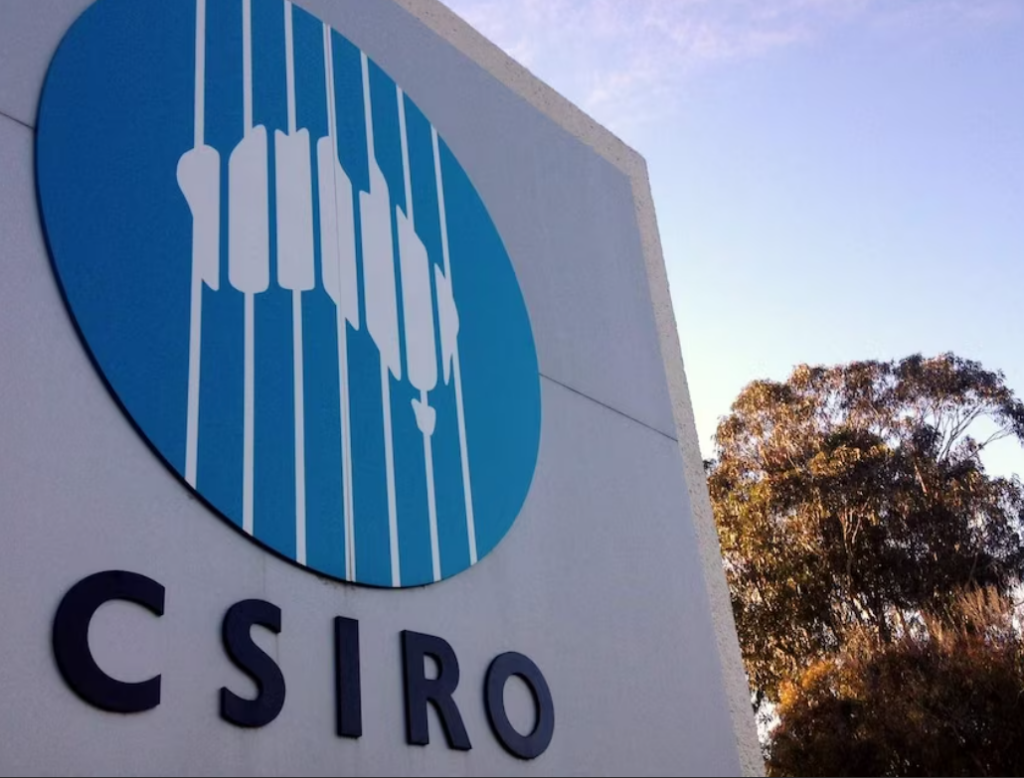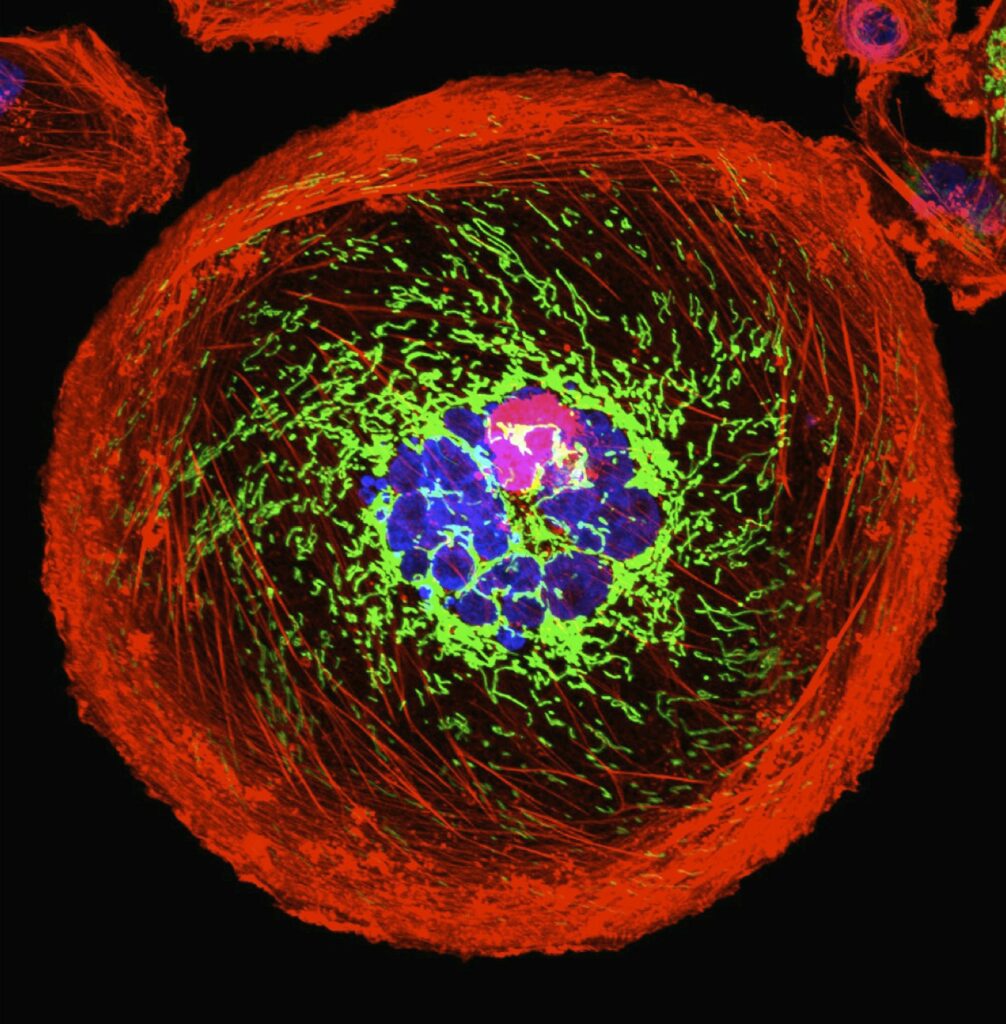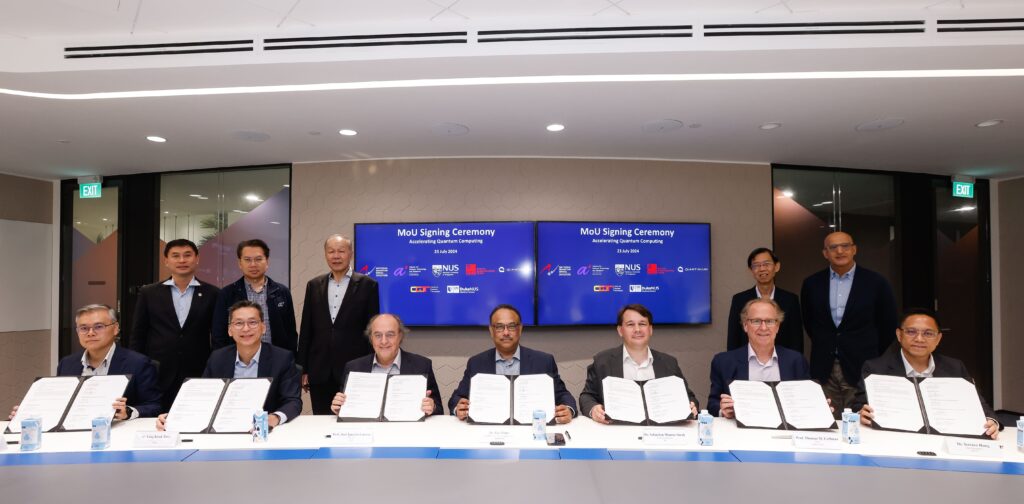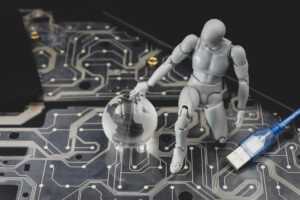
Quantum machine learning may have an exponential leg up on its classical counterparts in certain machine learning tasks, according to a team of researchers.
In a study published in Science, the researchers demonstrated that a quantum learning agent can perform exponentially better than a classical learning agent at many tasks. The team, which included researchers from Caltech, Harvard, Berkeley, Google Quantum AI and Microsoft, used Google’s quantum computer, Sycamore for the experiment.
It’s considered the first demonstrated exponential advantage in quantum machine learning — QML, which means classical devices with unlimited computational resources could not achieve the same results in the same time.
Specifically, the study showed that quantum machines could learn from exponentially fewer experiments than the number required by conventional experiments.
“This exponential advantage is shown for predicting properties of physical systems, performing quantum principal component analysis, and learning about physical dynamics,” the researchers write.

They added that a quantum device wouldn’t be too taxed to undertake the task: “Furthermore, the quantum resources needed for achieving an exponential advantage are quite modest in some cases. Conducting experiments with 40 superconducting qubits and 1300 quantum gates, we demonstrated that a substantial quantum advantage is possible with today’s quantum processors.”
The Google Quantum AI team, commenting on the study in a recent blog, wrote that such tasks could fall under the abilities of today’s quantum computers, or near-term devices.
They write: “Unlike previous quantum advantage demonstrations, no advances in classical computing power could overcome this gap. This is the first demonstration of a provable exponential advantage in learning about quantum systems that is robust even on today’s noisy hardware.”
The team specifically studied three learning tasks: learning about incompatible observables of the quantum state, dominant components of the quantum state and physical processes that can act on quantum probes or systems.
The researchers explained the tasks:
Incompatible observables of the quantum state, like position and momentum, are, according to Heisenberg uncertainty principle, observables that cannot be simultaneously known to arbitrary precision. However, the researchers showed that this limit can be overcome by entangling multiple copies of a state.
While noise can disturb the quantum state, the “principal component” — the part of the superposition with the highest probability — is typically robust to this noise and can offer information about the original state if this dominant part is found.
Scientists can learn about a physical process that acts on a quantum system or probe. In this case, the object of interest isn’t the state itself, but the physical process that evolves this state. Scientists can learn about various fields and interactions by analyzing the evolution of a state over time.
In each case, the quantum learning agent would do exponentially better than the classical learning agent.
In one example of this quantum machine learning advantage, the team ran proof-of-principle experiments on the Sycamore quantum processor and started by using a QML algorithm to perform the first task, feeding an unknown quantum mixed state to the algorithm to find which of two observables of the state was larger.
The researchers write: “After training the neural network with simulation data, we found that the quantum learning agent needed exponentially fewer experiments to reach a prediction accuracy of 70% — equating to 10,000 times fewer measurements when the system size was 20 qubits. The total number of qubits used was 40 since two copies were stored at once.”
In future work, the team plans to move the experiment outside of the “proof-of-principle” realm.
They write: “So far, the technique has only been used in a contrived, “proof-of-principle” experiment, where the quantum state is deliberately produced and the researchers pretend not to know what it is. To use these techniques to make quantum-enhanced measurements in a real experiment, we’ll first need to work on current quantum sensor technology and methods to faithfully transfer quantum states to a quantum computer. But the fact that today’s quantum computers can already process this information to squeeze out an exponential advantage in learning bodes well for the future of quantum machine learning.”
If you found this article to be informative, you can explore more current quantum news here, exclusives, interviews, and podcasts.


